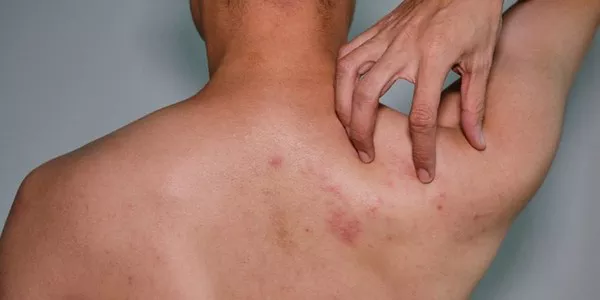Shingles, also known as herpes zoster, is a viral infection caused by the varicella-zoster virus—the same virus that causes chickenpox. After recovering from chickenpox, the virus remains dormant in nerve tissues near the spinal cord and brain. Years later, in some individuals, the virus can reactivate, leading to shingles. This reactivation typically results in a painful rash that follows a distinct pattern of stages. Understanding these stages is crucial for early recognition, proper treatment, and management of shingles.
Stage 1: Prodromal Stage
The first stage of shingles is the prodromal stage, characterized by nonspecific symptoms that can precede the rash by several days to a week. During this stage, individuals may experience:
1. Pain and Sensations: The earliest symptom is often pain, burning, tingling, or numbness in a specific area of the skin. This discomfort is usually localized and can be intense.
2. Itching or Hypersensitivity: Some individuals may feel itchy or overly sensitive to touch in the affected area.
3. Headache and Malaise: General feelings of fatigue, headache, and malaise (a sense of unease or discomfort) can also occur.
The prodromal stage is crucial because early recognition of these symptoms can lead to prompt diagnosis and initiation of antiviral treatment, which can help shorten the duration and severity of the illness.
Stage 2: Acute Stage (Active Shingles)
The acute stage begins with the appearance of the characteristic shingles rash, which typically occurs 3 to 5 days after the prodromal symptoms. This stage is marked by:
1. Rash Development: A unilateral (affecting one side of the body) and localized rash emerges, usually in a band-like pattern, following the distribution of affected nerve fibers. The rash appears as clusters of fluid-filled blisters on a reddened base.
2. Pain and Discomfort: The pain intensifies as the rash progresses. The affected area can be extremely sensitive to touch, and the pain may be described as sharp, burning, or throbbing.
3. Other Symptoms: Fever, chills, and swollen lymph nodes near the affected area may also accompany the rash.
The acute stage of shingles typically lasts about 2 to 4 weeks. During this time, the blisters can rupture, releasing infectious fluid. It’s essential to keep the rash covered to prevent the spread of the virus and secondary bacterial infections.
Stage 3: Healing Stage
As the acute symptoms begin to subside, the healing stage sets in. This stage is characterized by the gradual resolution of the rash and associated symptoms:
Scabbing and Crusting: The blisters crust over and gradually dry out.
1. Resolution of Pain: The pain starts to diminish, although some individuals may experience postherpetic neuralgia—an ongoing nerve pain that persists after the rash has healed.
2. Skin Changes: The affected skin may change color temporarily, appearing darker or lighter than the surrounding skin. This discoloration usually fades over time.
The healing stage can last anywhere from a few weeks to several months, depending on the individual’s immune response and overall health. During this phase, it’s essential to continue monitoring for any signs of complications and to follow up with healthcare providers if necessary.
Stage 4: Postherpetic Neuralgia (PHN)
Postherpetic neuralgia (PHN) is a potential complication that can occur after the rash has resolved. It is characterized by persistent nerve pain in the area where the shingles rash occurred. Symptoms of PHN include:
1. Continued Pain: The pain may be burning, sharp, stabbing, or throbbing.
2. Sensitivity: The affected area may remain hypersensitive to touch or temperature changes.
3. Chronic Discomfort: PHN can significantly impact daily activities and quality of life.
PHN can persist for months or even years in some individuals. Treatment options for PHN include medications to manage nerve pain, topical treatments, and interventions like nerve blocks or physical therapy.
Conclusion
Understanding the stages of shingles—from the prodromal phase through to recovery—is essential for recognizing the condition early and seeking appropriate medical care. Prompt diagnosis and treatment, particularly with antiviral medications, can help shorten the duration and severity of shingles and reduce the risk of complications such as PHN. If you suspect you have shingles or are experiencing symptoms consistent with this condition, it’s important to consult a healthcare provider promptly for evaluation and management tailored to your individual needs.
Related Topics:

























